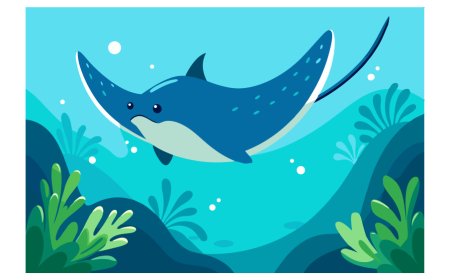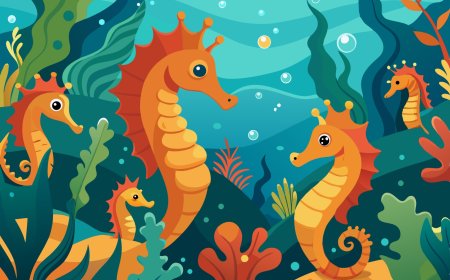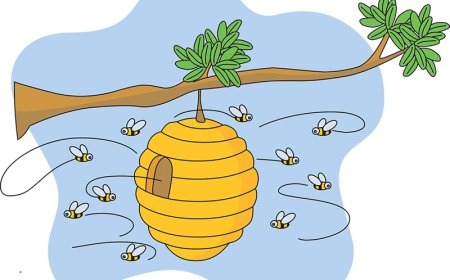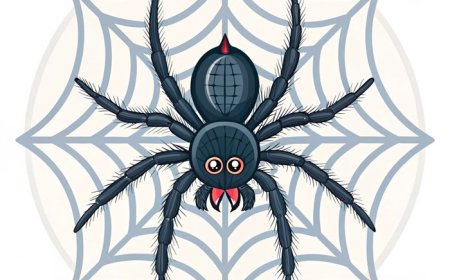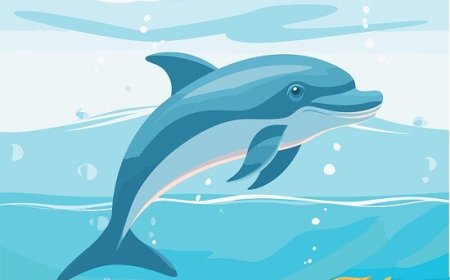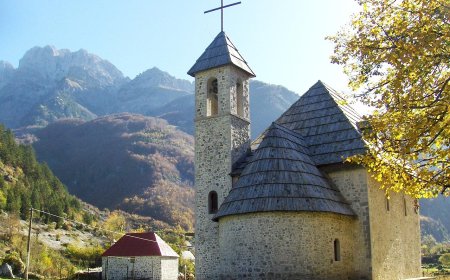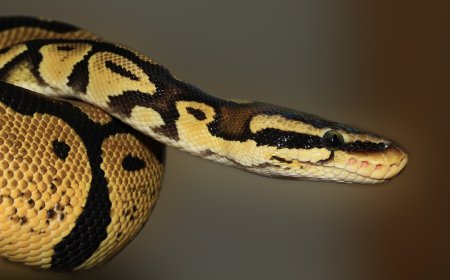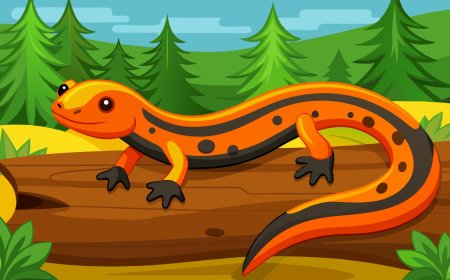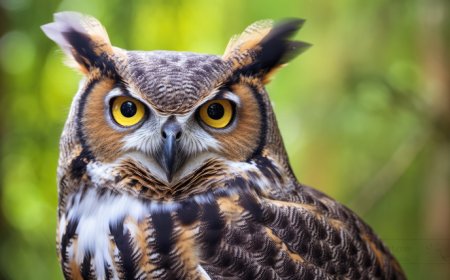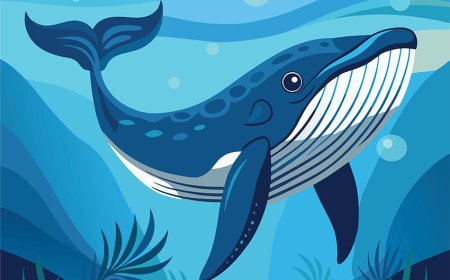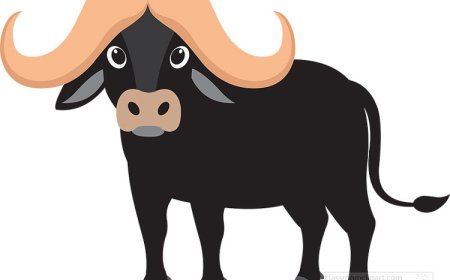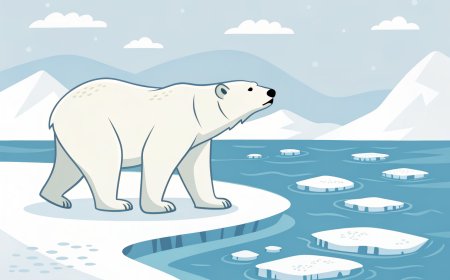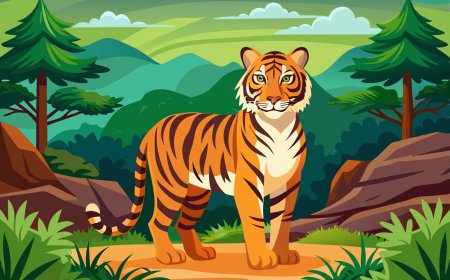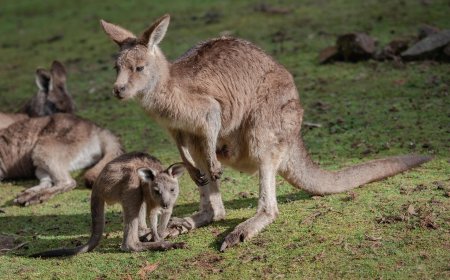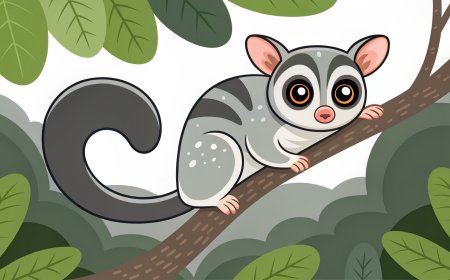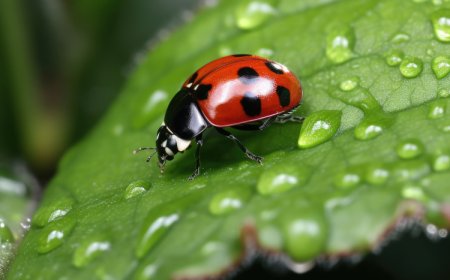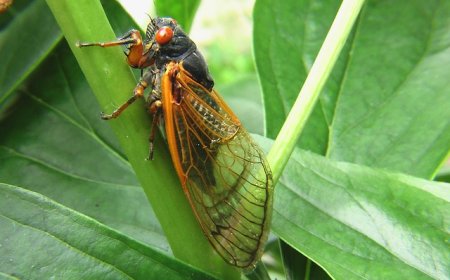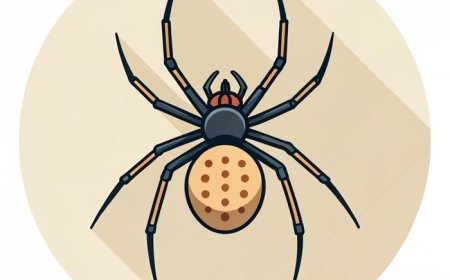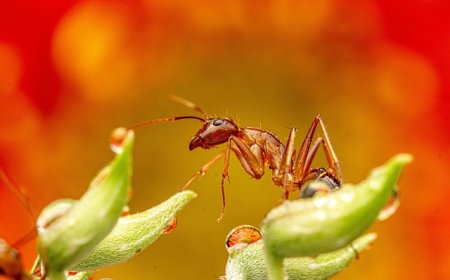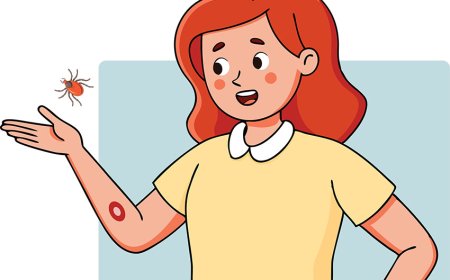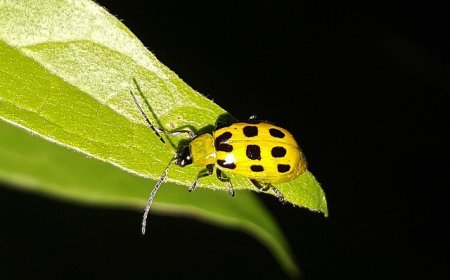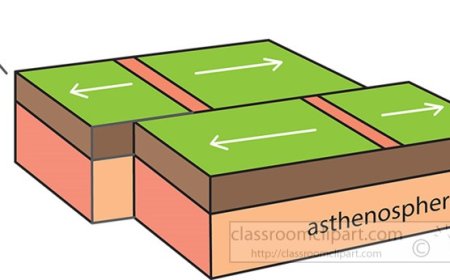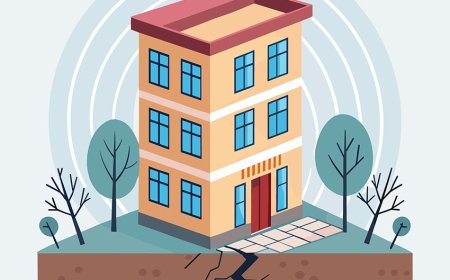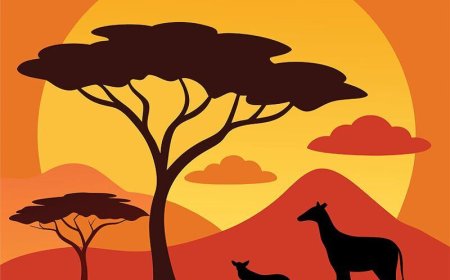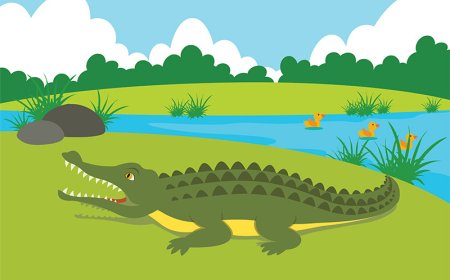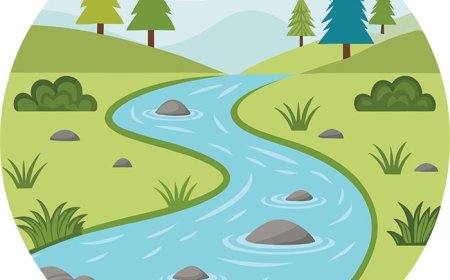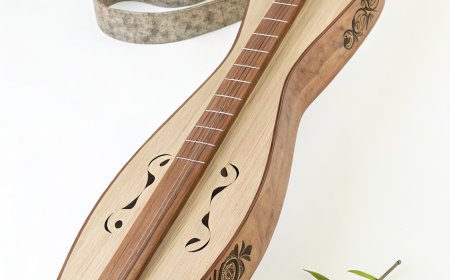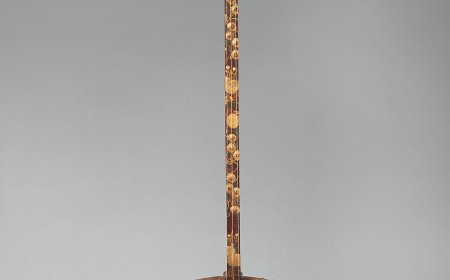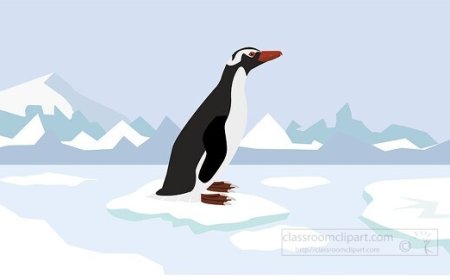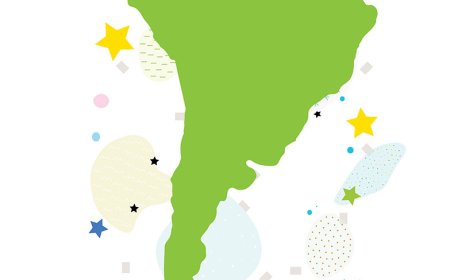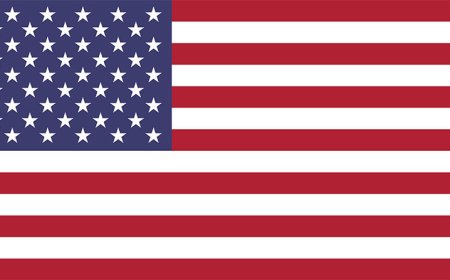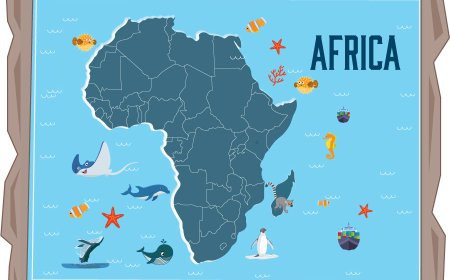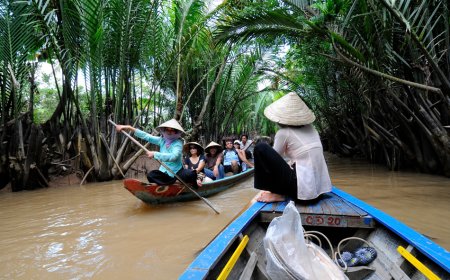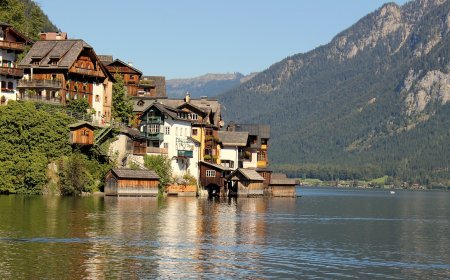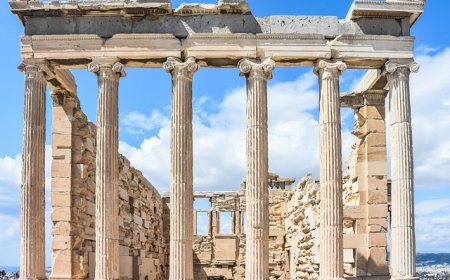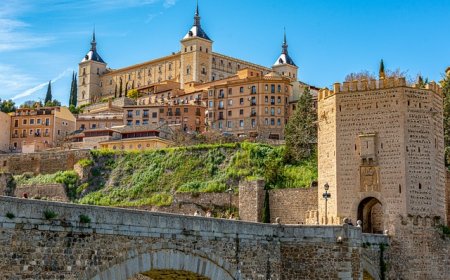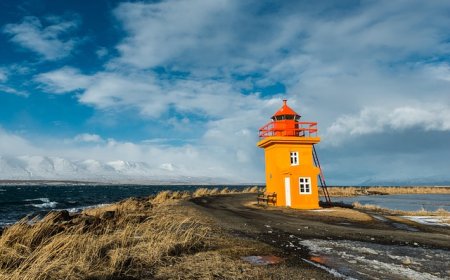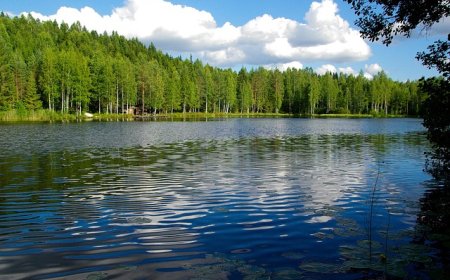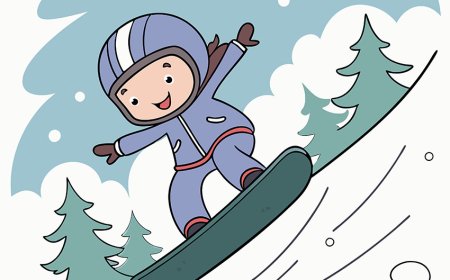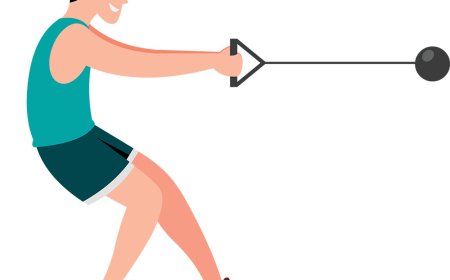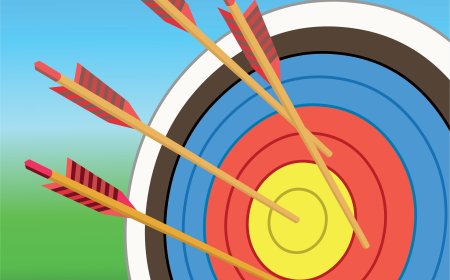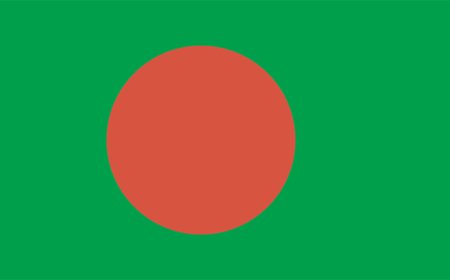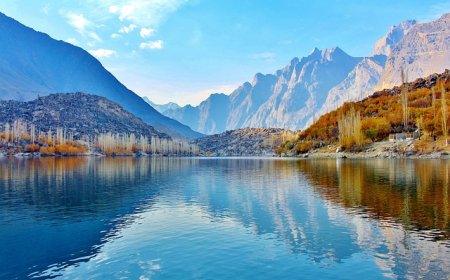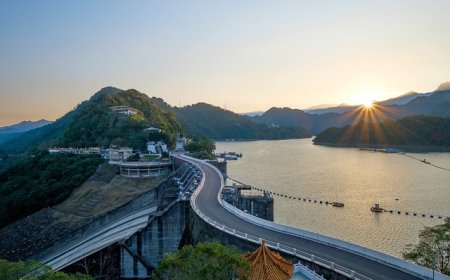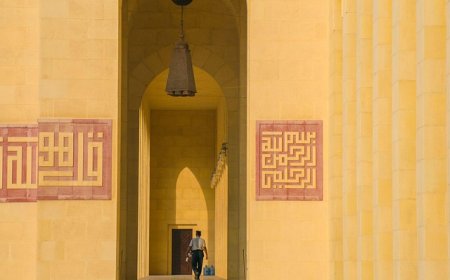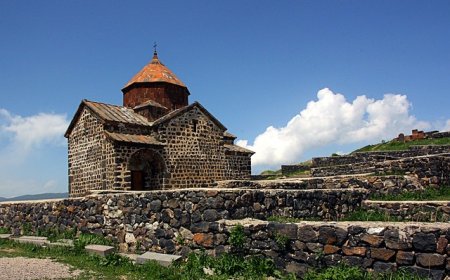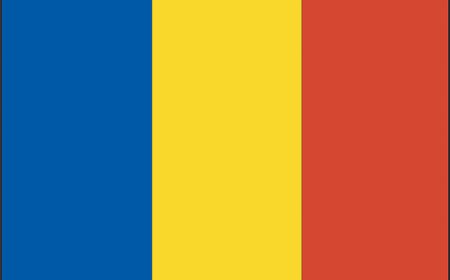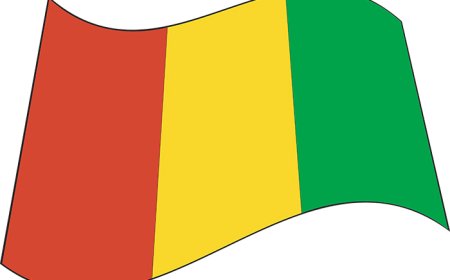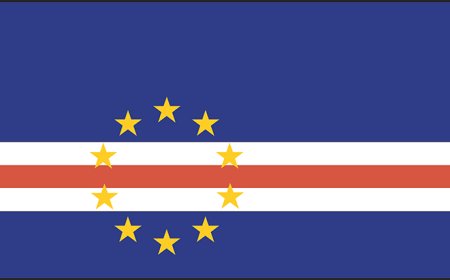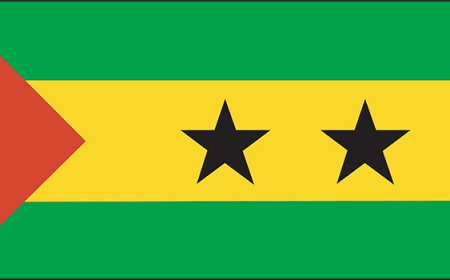Senegal for Students: Geography, History, and Culture of West Africa’s Coastal Nation
Learn about Senegal’s people, geography, and history in this student-focused country profile. Includes quiz, vocabulary, and national standards.
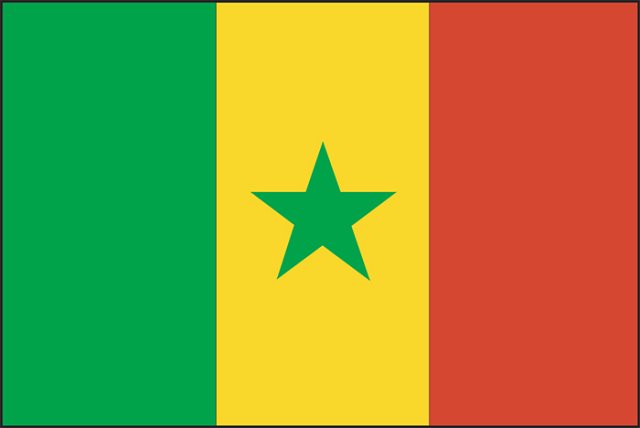
🌍 Introduction: A Country of Rhythm, Resilience, and the Sea
Senegal is a peaceful and culturally rich country in West Africa, known for its colorful cities, warm coastline, and strong traditions of music, hospitality, and democracy. It lies at the westernmost point of Africa, with the Atlantic Ocean on its west and the Senegal River in the north. The people of Senegal are known for their pride in teranga, a Wolof word meaning hospitality and generosity. From bustling street markets in Dakar to ancient trading towns and UNESCO World Heritage sites, Senegal is a land where history, art, and community come together.
🗺️ Geography and Environment
Senegal shares borders with Mauritania, Mali, Guinea, Guinea-Bissau, and The Gambia, which cuts through the center of the country along the Gambia River. It covers around 197,000 square kilometers (76,000 square miles), making it a mid-sized country by African standards.
Much of Senegal’s landscape is flat or gently rolling, with savannas, coastal plains, and wetlands. The northern part is drier and part of the Sahel, while the southern region near Casamance is greener, with more rainfall and forests. The Senegal River, one of the country’s most important water sources, forms the northern border with Mauritania. Senegal has a tropical climate with a distinct dry season and rainy season, which runs roughly from June to October.
Along the coast, mangroves and estuaries support fishing communities and attract wildlife like flamingos and pelicans. Inland, you’ll find baobab trees, monkeys, jackals, antelopes, and over 600 species of birds, making Senegal a top destination for birdwatchers and conservationists.
🏛️ Government, Language, and Population
Senegal is a democratic republic with an elected president and multi-party system. It is one of the most stable democracies in Africa, known for peaceful transitions of power and civic participation. The capital city is Dakar, located on the Cape Verde Peninsula. Dakar is the westernmost city on the African continent and is home to universities, government buildings, cultural centers, and some of the region’s best-known musicians and artists.
The population of Senegal is around 18 million people, with many different ethnic groups, the largest being the Wolof, followed by the Fula (Peul), Serer, Diola, Mandinka, and others. While French is the official language, many people speak their ethnic languages, especially Wolof, which is widely used in everyday life.
Most Senegalese people practice Islam, and the country is known for its tolerant and peaceful religious atmosphere. A small percentage of the population is Christian, particularly in the southern region of Casamance.
🎭 Culture and Daily Life
Senegal is a cultural powerhouse in Africa, especially known for its music, fashion, art, and dance. The country is famous for styles like mbalax, a lively musical form that blends traditional drumming with modern instruments. World-renowned musicians like Youssou N'Dour and Baaba Maal have brought Senegalese music to the world stage.
Art is everywhere in Senegal—from painted buses called “car rapides” to sand paintings and vibrant textiles. Dance is an important form of expression, and storytelling traditions continue in villages and homes across the country.
Families are often large and tightly connected, with multiple generations living together or nearby. Meals are typically shared from a communal bowl. A popular and symbolic dish is thiéboudienne (cheh-boo-jen), made of rice, fish, and vegetables, and often flavored with tomato and spices. Tea-drinking is a ceremonial part of the day, with sweet green tea served in three rounds, much like in neighboring Mauritania.
📜 History: Ancient Roots, Colonial Rule, and Independence
Senegal has a long and rich history. For centuries, the region was part of powerful West African trading empires, including the Ghana Empire, Mali Empire, and Songhai Empire. These empires traded gold, salt, and ivory and helped spread Islam, learning, and commerce.
Later, coastal towns like Saint-Louis and Gorée Island became key points in the Atlantic slave trade, with millions of Africans captured and sent to the Americas. Gorée Island, now a UNESCO site, includes the House of Slaves, a museum that teaches about this painful chapter of history.
In the 1800s, Senegal was colonized by the French, becoming part of French West Africa. Senegalese people played major roles in French colonial politics and even served in the French National Assembly.
Senegal became independent in 1960. Its first president, Léopold Sédar Senghor, was a poet and scholar who helped shape the country’s identity and cultural pride. Since then, Senegal has remained politically stable and has held many democratic elections.
💰 Economy and Resources
Senegal’s economy is diverse, based on agriculture, fishing, mining, and growing service and tourism sectors. Major crops include peanuts, millet, rice, sugarcane, and cotton. Fishing is an important source of both food and exports, especially from Atlantic ports like Dakar and Saint-Louis.
The country has phosphate mines, and gold and oil exploration are growing industries. In recent years, Senegal has worked to improve access to education, technology, clean energy, and infrastructure through partnerships with international organizations.
Tourism is also increasing, thanks to beautiful coastal areas, wildlife reserves, cultural festivals, and historic sites like Gorée Island and the Great Mosque of Touba, a center of spiritual pilgrimage.
🌿 Wildlife and Natural Beauty
Senegal’s natural wonders include the Niokolo-Koba National Park, a UNESCO World Heritage Site filled with lions, leopards, antelopes, chimpanzees, and hippos. The Djoudj National Bird Sanctuary is one of the most important bird reserves in the world.
The Saloum Delta, where rivers meet the sea, features mangrove forests, shell islands, and rare animals. It’s also home to many fishing villages that use age-old traditions.
Senegal’s coastal beaches, desert dunes, savannas, and rivers make it one of West Africa’s most beautiful and ecologically diverse countries.
📚 Vocabulary List
Word Definition
Teranga A Wolof word meaning hospitality and generosity
Thiéboudienne A traditional Senegalese dish of rice, fish, and vegetables
Sahel A dry grassland area just south of the Sahara
Mbalax A popular music style that mixes traditional rhythms with modern instruments
Wolof Both an ethnic group and a widely spoken language in Senegal
Gorée Island A historic island known for its role in the Atlantic slave trade
Car rapide A colorful mini-bus used for public transport in Senegal
Niokolo-Koba A national park in Senegal rich in wildlife and nature
🧒 Kid-Friendly Summary
Senegal is a friendly country on the coast of West Africa. People speak French and Wolof, and they love to share food, stories, and music. Cities like Dakar are full of life, and fishermen live along the sea. Long ago, Senegal was part of powerful empires and later became a French colony. Today, it is a proud, peaceful country with cool music, fun dances, and lots of amazing animals and birds.
🎯 Interactive Quiz: What Do You Know About Senegal?
1. What is the capital city of Senegal?
a) Saint-Louis
b) Dakar
c) Banjul
d) Bamako
2. What ocean lies west of Senegal?
a) Indian Ocean
b) Pacific Ocean
c) Atlantic Ocean
d) Arctic Ocean
3. What is "thiéboudienne"?
a) A type of hat
b) A Senegalese dish with rice and fish
c) A festival dance
d) A bird sanctuary
4. What religion do most people in Senegal practice?
a) Christianity
b) Hinduism
c) Islam
d) Buddhism
5. What does "teranga" mean?
a) Travel
b) Wealth
c) Hospitality and kindness
d) Celebration
6. What is Gorée Island known for?
a) Gold mines
b) Ancient temples
c) The slave trade
d) Farming
7. What is mbalax?
a) A farming tool
b) A music style
c) A school subject
d) A festival snack
8. When did Senegal gain independence from France?
a) 1950
b) 1960
c) 1975
d) 1980
